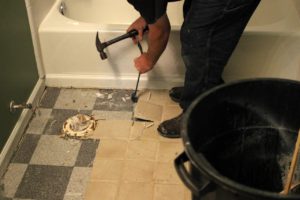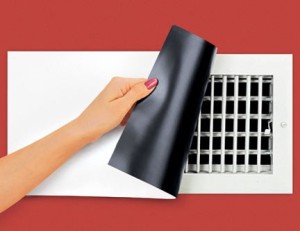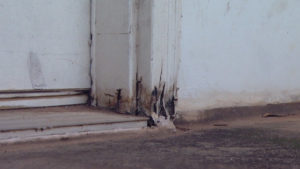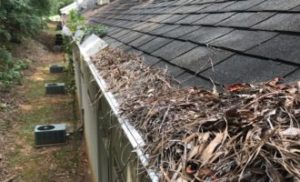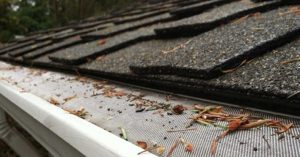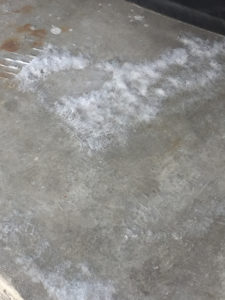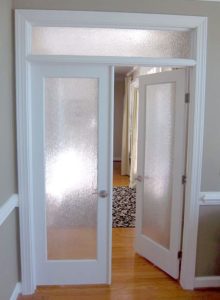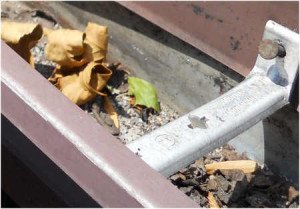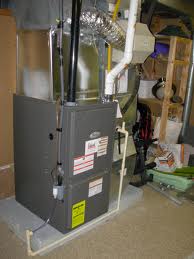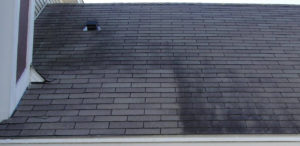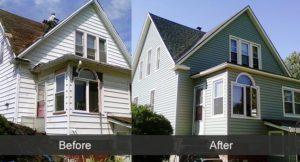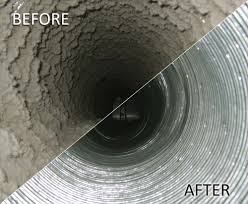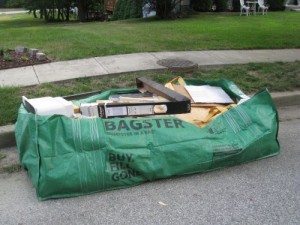Selling a house on a busy street can present some challenges, but with the right approach, you can still attract potential buyers and achieve a successful sale. A few ideas to help you sell a home on a busy street:
- Enhance curb appeal: Ensure the exterior of your home is visually appealing to catch the attention of passersby. Consider repainting the exterior surface, adding landscaping elements, and maintaining a neat and well-maintained appearance.
- Soundproofing: Invest in soundproofing measures to minimize noise from the street. Soundproofing can include installing double-paned windows, adding insulation to walls, or using soundproof curtains. Highlight these upgrades to potential buyers to demonstrate your efforts to mitigate noise.
- Interior staging: Stage the interior of your home to make it as attractive as possible. Depersonalize the space and create a neutral and inviting environment that allows potential buyers to envision themselves living there.
- Highlight privacy features: Emphasize any privacy-enhancing elements you have incorporated into your property. Privacy features include fencing, tall hedges, or landscaping that acts as a noise buffer or visual barrier from the street.
- Market the positives: While the busy street may have its downsides, focus on the positive aspects of the location. Highlight nearby amenities, such as parks, shopping centers, schools, or public transportation options, that potential buyers find appealing.
- Pricing strategy: Consider setting a competitive price that reflects the location and potential inconveniences associated with the busy street. Competitive pricing can attract buyers specifically looking for properties in your price range.
- Time your showings strategically: Schedule when traffic is lighter, such as early mornings, late evenings, or weekends. Proper scheduling can help potential buyers experience the property with minimal disruption from traffic noise.
- Please provide information about the neighborhood: Compile information about the neighborhood that showcases its positive aspects. Include details about the community, nearby attractions, and any ongoing development or improvements that might increase the area’s appeal.
- Offer incentives: Include incentives to potential buyers, such as covering closing costs or providing a home warranty. These incentives can offset any perceived drawbacks of the busy street.
- Work with an experienced real estate agent: Engage an estate agent with experience selling homes on busy streets. Real Estate Agents provide valuable insights and strategies specific to your situation.
Remember, every property has unique selling points, and with the right approach, you can successfully sell a home on a busy street.
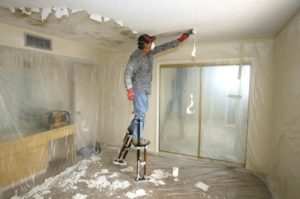 There are always other factors to consider before you remove the popcorn ceilings in your home. Some people will refer to the material as stiple. Either way, it is a messy job and always much more than you might have intended. Nevertheless, modern buyers are looking for houses with smooth ceilings. All the hard work will increase the value of your home. We will answer this question or give you some more facts to consider about whether you should remove popcorn ceilings.
There are always other factors to consider before you remove the popcorn ceilings in your home. Some people will refer to the material as stiple. Either way, it is a messy job and always much more than you might have intended. Nevertheless, modern buyers are looking for houses with smooth ceilings. All the hard work will increase the value of your home. We will answer this question or give you some more facts to consider about whether you should remove popcorn ceilings.